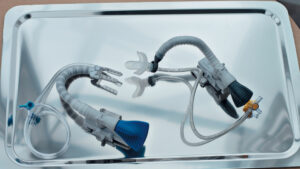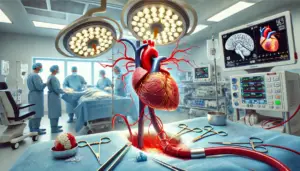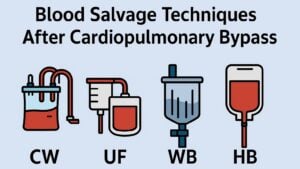Background: During cardiac surgery the use of a minimal extracorporeal circulation (MiECC) system may reduce the adverse effects for the patient. This is probably caused by reduced inflammation and hemodilution. For the use of a MiECC circuit, a venous bubble trap (VBT) is warranted for safety reasons. The aim of this study was to assess if an arterial filter with a small prime volume has the same (or better) air removal capacities as a VBT in a MiECC circuit and subsequentially may be used as an alternative.
Methods: In an in vitro study, air removal properties were compared between the arterial filter and three VBT’s on the market, VBT160 (Getinge), VBT 8 (LivaNova and VARD (Medtronic). In a MiECC circuit, the filter devices were placed in a venous position and challenged with massive and micro air. Gaseous microemboli (GME) were measured with a bubble counter proximal and distal of the VBT device.
Results: More than 99.9 % of the air was removed after a bolus air challenge by all VBT’s. Both the VARD and the AF100 showed better GME removal properties (not significant for the AF100) compared to the other devices. All filters showed GME generation after a challenge with massive air. Compared to the other filters, only the VARD showed no passing of larger bubbles when a volume of 50 mL of air was present in the filter.
Conclusions: The AF100 seems to be a safe and low prime alternative for use in a MiECC system as a venous air trap. A word of caution, placement of the AF100 arterial filter in the venous line is off label use.
Keywords: air; arterial filter; cardiopulmonary bypass; extracorporeal circulation; gaseous micro emboli; gaseous microemboli; minimal extracorporeal circulation; venous bubble trap.







